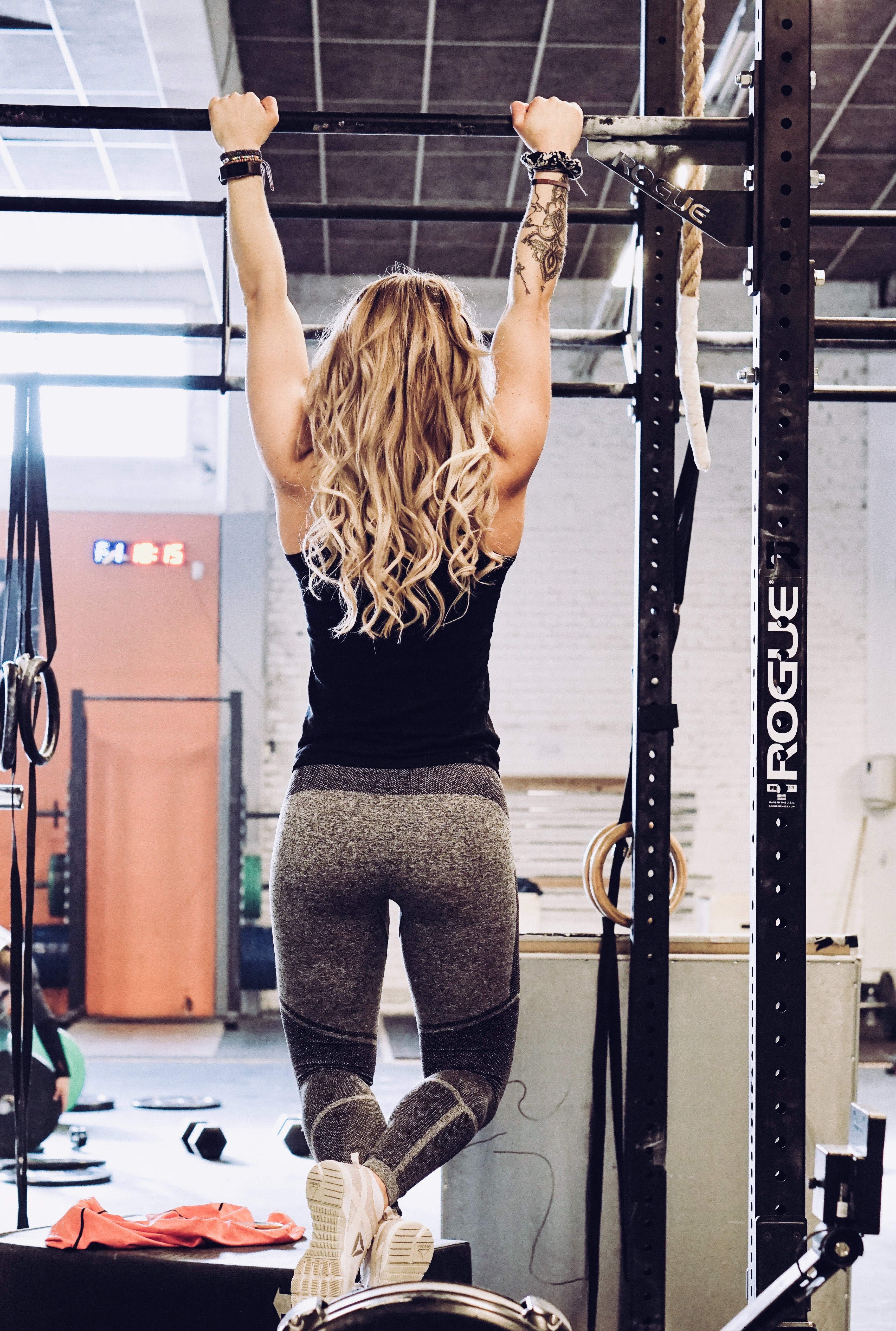Lichfield-based personal trainer Raúl Romero reveals how to achieve a perfectly strong and toned derriere
Over the last few years I have had many clients striving to achieve a stronger, more toned derriere. Generally speaking, the trend seems to have moved away from achieving a slim, thin figure to a more curvy yet strong body shape. It is absolutely achievable for everyone to tone and strengthen the buttocks, be it for fitness reasons or aesthetic goals.
Years ago, when I first started out in the fitness industry, it was very common to see females in the cardio station area at the gym, though not half as common to see them in the free weights area. Nowadays it is great that these historic tendencies have evolved and it is totally normal to see both males and females working out in all areas of the gym. Achieving strong, toned buttocks isn’t as challenging as it first may seem. Targeted planning and slowly incorporating certain free weight exercises into our training routine can go a long way to achieving a perfectly perky posterior.
Benefits of training the buttocks:
Not only does training buttocks help achieve aesthetic goals, but it can also turbocharge sports performance. A stronger derriere can make us much more agile and give us better stability and greater power when doing exercises like running and cycling.
What role do the buttock muscles play?
Technically, their main actions are hip extension and hip abduction, but also external rotation and pelvic tilt.
Gluteus maximus extends and gluteus medius stabilises the hips. In short, reading between the jargon, the buttock muscles play a pivotal role in being able to successfully move the body and complete a whole range of different sports.
It is important to mention the psoas muscle, which is located in the lower lumbar region of the spine and extends through the pelvis to the femur. When we spend too much time sitting down it shortens, makes gluteus muscles weaker and we can develop back pain and bad posture. Exercising your buttocks will have a positive effect, helping psoas to stretch and thus avoiding back pain and bad posture.

Tone and strengthen your buttocks with a few simple exercises.
My three top tips to achieve strong, toned and perky buttocks:
- Don’t underestimate the importance of resting. I’ve lost count of the number of times I see people training the same exercises in the gym every single day. Whilst it is definitely applaudable to have that level of strength and motivation, it’s vital to let each muscle group recover completely before continuing training.
- Variety is the spice of life! Every exercise uses the gluteus maximus, medius and minor in different ways. Mixing up and varying the exercises we do rather than doing the same exercises every time we train helps activate a variety of different muscles, thus toning a range of muscles needed to improve and strengthen the buttocks.
- Perfect your technique. The more you train and then slowly begin to increase the weights you use, the better the technique needs to be to avoid risk of injury. This really is vital not only in training the buttocks, but training any part of the body. This is where personal training for those who aren’t 100% confident in training using the correct technique really is invaluable.
There is nothing here that is particularly difficult or specialist. By making a realistic plan that targets the relevant buttock muscles, sticking to the plan, resting when your body requires, mixing up workouts and using correct technique, anyone and everyone can tone and strengthen their muscles to achieve their perfect posterior.
My top 10 exercises to really work the buttocks:
- Hip bridge: lie on your back and bend your knees with your feet flat on the ground and heels close to your bum. From this position, raise your hips, squeezing your bum, until they are in a straight line with your torso. Then move the hips down to the starting position. Repeat this 12 times. For this exercise you don’t need any equipment, although you can use extra weight on top of your hips to increase the intensity or a mini band around your thighs if you want to.
- Donkey kicks: Start on the floor on all fours, push one leg up towards the heel, hold it for a second and then bring it back down. Repeat 12 times and then swap legs. If you have any back problems, I’d recommend placing your elbows on the floor (similar to the plank position).
- Hip thrust: Do exactly the same as the hip bridge but lie your upper back on a box or bench. This is definitely one of my favourites for the buttocks. Use a dumbbell, a plate or a barbell to increase the intensity and make it even more effective. Repeat between 10-15 repetitions.
- Sumo squats: This squat variation puts more emphasis on glutes work. Keep your feet wider than your hips and keep your back straight while going up and down. Hold a kettlebell or a dumbbell for extra intensity. Repeat between 10-15 repetitions.
- Lunges: As simple as these may sound, all the different varieties of lunges are great for toning the buttocks. Ideally if you can mix them up and incorporate different lunges into your workouts you will work all of the buttock muscles. Sets of 10 to 15 repetitions are recommended.
- Deadlift: In terms of technique, this is one that many complete incorrectly. Holding your dumbbells in front of you, bend your body forward using your hips like a hinge (keep your back straight all the way) and bring your body back to standing position, squeezing your bum and keeping your chest up. Repeat 10 to 15 times. If you feel the pressure in your lower back, the technique isn’t totally right so needs to be checked with a personal trainer or fitness expert.
- Squats with elastic bands: Elastic bands are great to intensify the workout and really focus on toning the buttock muscles. Put the band through your legs above or below the knees and perform a squat pushing with the knees slightly outwards to increase the intensity. Repeat between 12 to 20 repetitions.
- Standing leg lift with elastic bands: Standing on one leg, lift the other leg outwards to the side keeping your balance. Repeat between 15 to 20 repetitions. The band can be over or under the knee, depending on the intensity of your resistance band.
- Clam shells: Lie on your side and keep your knees bent and feet together, then move your knees up and down 20 times. Switch sides and repeat.
- Standing back kicks: These are similar to the standing leg lifts, but here you have to push back with one leg like a backwards kick (keeping your leg straight). Repeat 12 to 15 times and swap legs.
Not only can exercises that work the buttock muscles be incorporated into gym workouts, many of them can also be completed from the comfort of your own home without specialist equipment. Over time, the more the buttock muscles are worked, the higher the chance of achieving a stronger, firmer derriere.
For any fitness related queries please get in touch with me at raul@ambitionpt.co.uk or through social media channels, or visit www.ambitionpt.co.uk. Happy bottom building!




